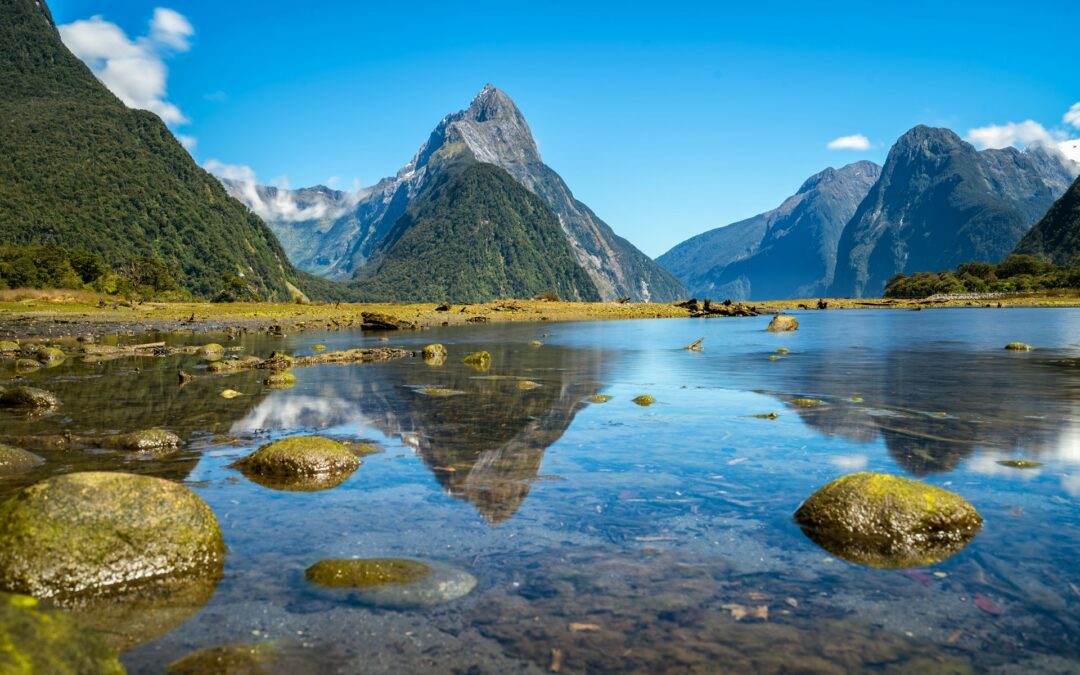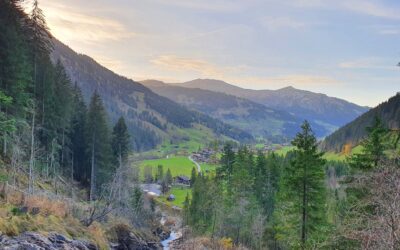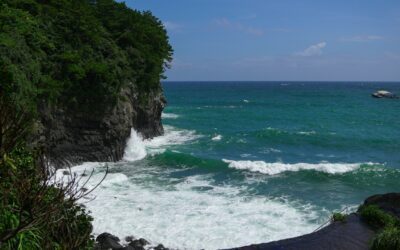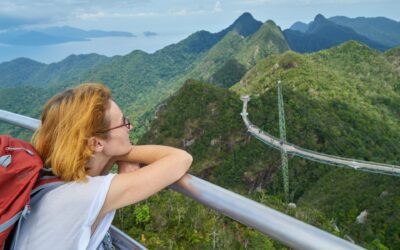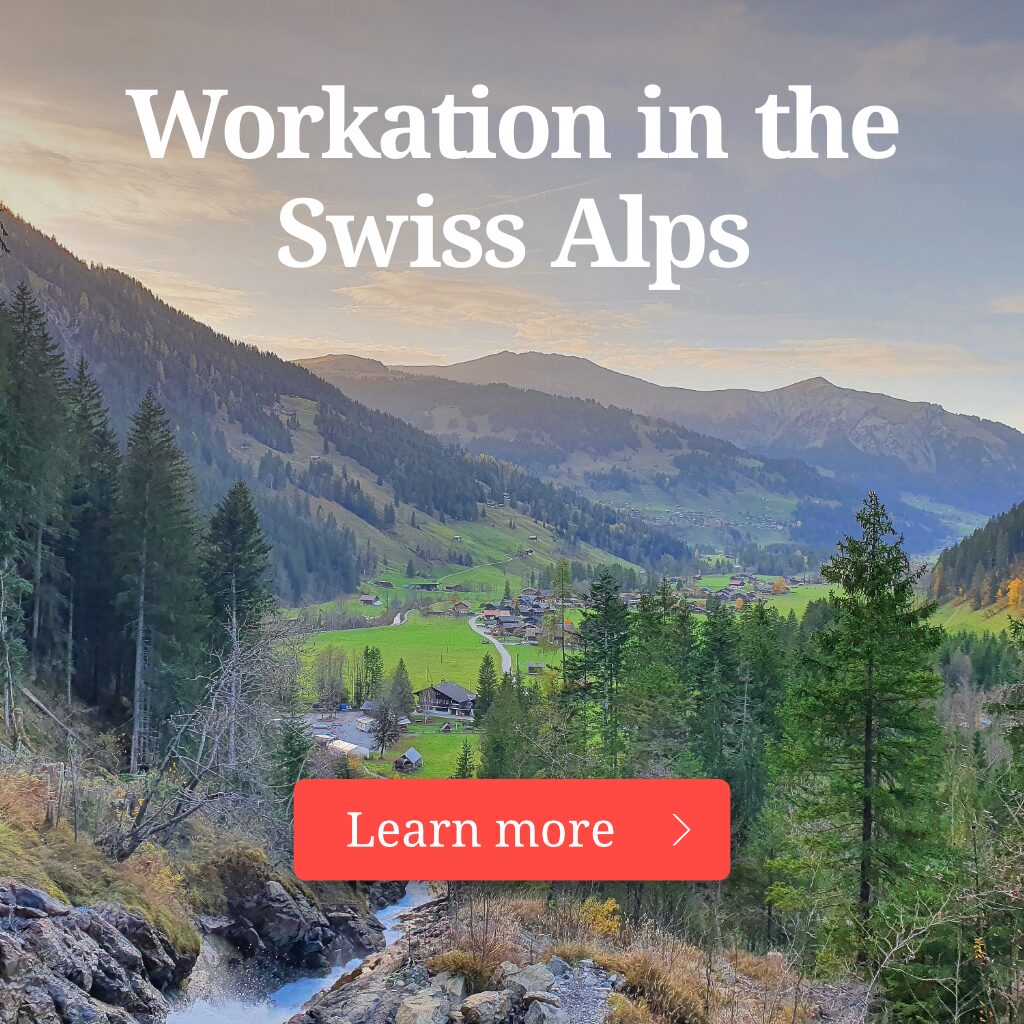|
|
We have long bemoaned the lack of a visa for those who want to travel down under. While we are still waiting for Australia to relax its infamously tough (and expensive) visa rules, New Zealand is taking the lead. The New Zealand government announced on January 27, 2025, new rules for digital nomads wanting to travel to New Zealand.
New Zealand Digital Nomad Visa: Rules and How to Apply
The country hasn’t launched a new visa but has rather relaxed the rules of its visitor visa, which previously excluded work of any kind. The visa rules have been relaxed and visitors can now work remotely for an overseas employer or client. These conditions apply to those traveling on a standard visitor visa and those on the NZeTA, which is their electronic travel authority.
Depending on your country of origin, a visitor visa is usually granted for 90 days in the first instance and can be extendable for up to nine months in total. Just tick the “remote work” option as part of the visa application process. The application can be made online.
There is no minimum income requirement to qualify for the visa, but you must show that you have sufficient funds to support yourself for the duration of your stay, and your intention to leave at the end of your stay, for example presenting a return or onward ticket. Sufficient funds is deemed to be at least NZ$1,000 per month, or NZ$400 per month if you already have paid accommodation. The cost of the application starts from NZ$341.
The tax conditions are explicitly stated to depend on the travelers’ individual circumstances, but the announcement notes that if you stay in New Zealand for more than 92 (non-consecutive) days within a single year, you are considered a resident for tax purposes. This exemption can be extended to 183 days if New Zealand has a tax treaty with your home country, but if you stay longer, you will be liable to pay tax on your income.
Why Choose New Zealand as a Digital Nomad?
Why does New Zealand make a great choice of destination for digital nomads? And what are some of the challenges?
Benefit: Scenery
New Zealand is an infamously beautiful country lending many of its dramatic settings to the background of Peter Jackson’s Lord of the Rings movies. Expect snow-capped mountains, sweeping beaches, ancient volcanic peaks, lush native forests, and glassy lakes. Most sites are easily accessible via good roads. While driving is the best way to get around, there are many walking trails and tracks for half-day hikes or multi-day adventures.
As well as looking around, look up! With limited light pollution, New Zealand has some of the best stargazing in the world.
Challenge: Cost of Living
While we certainly wouldn’t call New Zealand “cheap,” it has a relatively affordable cost of living when compared to the United States, Western Europe, and neighboring Australia. International Citizens estimate that a single person will probably spend around US$1,570 per month.
This total includes US$815-$1,000 for rent in a city like Aukland, but less in rural areas. The cost of utilities is around US$200 per month. Food costs are around 20% cheaper than in the US, and a meal out at a standard restaurant might set you back US$30-$40 per person excluding drinks. Renting a car is often the best way to get around, especially if you want to explore New Zealand’s fantastic countryside.
Benefit: Lifestyle
New Zealand offers a very high quality of life with a clean environment, excellent healthcare, and plenty of opportunities to stay fit and get back to nature. The community also tends to be laid back, willing to sort out problems rather than jumping straight to stress.
The food scene is also phenomenal, with lots of fresh seafood and international fusion cuisine courtesy of the many immigrants. There is a booming coffee culture and craft beer scene.
Challenge: Remoteness
There are few places more remote than New Zealand. Even from Sydney, you can expect to spend three hours on a plane to reach the Pacific island. It has a small population of only around five million people, so while it has a well-developed economy and culture, it can feel isolated, especially when time differences make calling home a challenge.
Benefit: Safety and Infrastructure
New Zealand has great infrastructure, both in its big cities and more rural areas, which will benefit digital nomads. Wi-Fi and mobile data coverage are comprehensive across the country except in the most remote areas, and access is affordable.
New Zealand is a very safe place. While threats exist everywhere in the world, the country’s small and wealthy population tends to be friendly. There are also no dangerous animals in New Zealand. Expect sheep and birds rather than reptiles, spiders, and large mammals.
Challenge: Weather
People often think of New Zealand as being similar to its sunny neighbor Australia, but New Zealand is closer to Antarctica than it is to Australia’s Great Barrier Reef. Expect the weather to seem more like that in England and Scotland, with cold days in the winter and unpredictable rain. The country is also located on the Pacific Ring of Fire, which means that earthquakes can be common.
Best Cities for Digital Nomads
While you will definitely want to explore New Zealand’s stunning countryside, it has a handful of vibrant cities that make excellent bases for digital nomads spending several months in the country.
Aukland
Aukland is the most populated city in New Zealand and is built around two stunning harbors. It has the most cosmopolitan feel in the country with skyscrapers like the iconic Sky Tower in the city center. The center is also packed with great restaurants and excellent shopping, just be aware that anything imported tends to be pricey. Just outside the city in areas like Ponsonby, expect a cool café culture, unique shops, and busy nightlife.
You also don’t have to go far to experience nature. Mount Eden is a dormant volcano on the outskirts of the city with incredible views, and the stunning harbor is ideal for whale and dolphin watching.
Christchurch
Christchurch is a green city that still feels vibrant with cool cafes and farmers markets supporting farm-to-table restaurants. The pace is certainly slower than the Aukland, but the center is still full of lovely bars, restaurants, and some pretty good coworking spaces. This is a wine region, which means a green countryside and some excellent tasting experiences.
Queenstown
Queenstown sits on the beautiful Lake Wakatipu and is surrounded by stunning mountains. There are plenty of accommodation options from popular hostels to lush Airbnbs. The surrounding countryside is ideal for hiking in the warmer months and skiing in the winter. In the city, there are plenty of laptop-friendly cafes, coworking spaces, and a vibrant expat community.
Wellington
Wellington is strategically located in the middle of the North and South islands, which makes it an ideal base for exploring. It is also very digital nomad-friendly with a strong café culture and a few good coworking spaces. It is also near one of the best beaches in the country, Days Bay, which is only a short ferry ride away.
Dunedin
As the name would suggest, Dunedin is a city on the southern island with a strong Scottish heritage and influence. It is clear in the cozy architecture and the pub-drinking culture. Located on the Otago Peninsula, there is also lots of unique wildlife to discover by foot or kayak. It is also a hub for local breweries.
Will You Be Spending Time in New Zealand as a Digital Nomad
We are excited about the New Zealand digital nomad visa since it is the first of its kind in the Asia-Pacific region. Hopefully, it will lead to neighboring countries following suit. New Zealand is known for having one of the most beautiful and untouched countrysides in the world and is an ideal location for anyone who loves the great outdoors and being alone with nature. We expect to see the number of digital nomads exploring New Zealand rise dramatically following this 2025 announcement.

